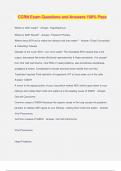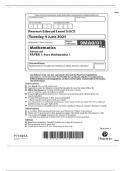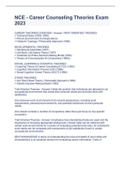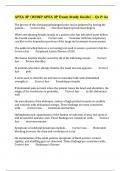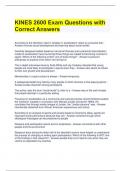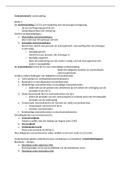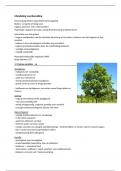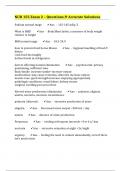Samenvatting
Summary reading week 4 environmental law
- Instelling
- Universiteit Utrecht (UU)
Summary of the following articles: Peeters 2014 Paris Agreement Faure (2015) CH I.5, I.17 Effort Sharing Decision 406/2009/EC ETS Directive 2003/87/EC Nollkaemper and Burgers (2020) The articles are summarized using bulletpoints. Important concepts and phrases are in bold.
[Meer zien]





